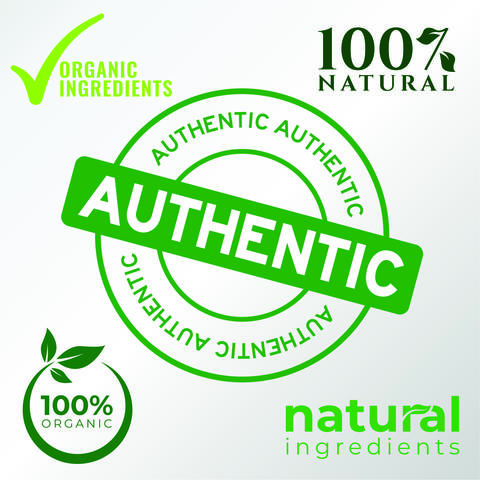Summary
Without the capacity to verify food provenance, the health and well-being of consumers is at risk; moreover, food fraud creates a significant impact on the economy as adulterated materials can be sold as higher quality products. We are using machine learning and artificial intelligence methods to identify chemometric markers that can validate the integrity and provenance of food products, enabling fraud detection.
Description

Adulteration of food and food products is a pernicious problem which is difficult to solve as supply chains and international trade routes become increasingly complex; yet agriculture contributed over $1 trillion to the US GDP in 2017, [1] illustrating the importance of protecting this and related industries. The CDC estimates that 1 in 6 Americans fall ill and roughly 3,000 die annually from adulterated or contaminated food products, [2] while the Department of Agriculture estimates the cost of foodborne illnesses is in excess of $15 billion per annum. [3] Despite the US statistics, this is a problem of international scale. NIST’s recent “Food Safety Workshop” [4] identified the creation of computational tools and databases to determine food authenticity as one of the four main pillars of global food safety. [5] A variety of bio- and chemo-metric approaches have been developed to assess the chemical and biological nature of food samples, but the mathematical techniques used to analyze them to determine authenticity (provenance, etc.) have lagged behind. Modern artificial intelligence (AI) and machine learning (ML) techniques are powerful tools that can be leveraged in this domain.
The aim of this project is to develop chemometric fingerprints to ensure the safety and security of the US food supply. Specifically, we aim to develop open-source, transferrable machine learning classifiers and authenticators to enable users to determine properties such as geographic origin and authenticity of biological samples using chemometric markers. The use of AI/ML in food science applications is often constrained by a lack of data. We have recently partnered with the International Atomic Energy Agency (IAEA) to obtain stable isotope and trace element (SITE) data for European food products (beef, chicken, groundwater, etc.) and performed a survey of NIST’s own Biorepository databank to identify datasets of seabirds that can be used for classification purposes. This should provide ample data to assess existing and emerging AI/ML methods’ capabilities as well as determine the plausibility of using chemometric signatures as predictors of authenticity or provenance.
Developing reliable AI/ML-based authentication will transform global food safety; import/export controls currently rely on limited sampling due to the time and expense involved in testing, which could be greatly improved by faster, cheaper testing methods. Emerging testing methods are anticipated to be based on spectral measurements, and thus will rely on AI models for use in the field. The work here will be foundational in providing reference data and will help in the development of AI methods to analyze spectral measurements.
References
- United States Department of Agriculture, Economic Research Service, Ag and Food Sectors and the Economy, retrieved from https://www.ers.usda.gov/data-products/ag-and-food-statistics-charting-… (September 2019)
- United States Centers for Disease Control and Prevention, Food Safety, retrieved from https://www.cdc.gov/foodsafety/cdc- and-food-safety.html (January 2020)
- United States Department of Agriculture, Economic Research Service, Cost Estimates of Foodborne Illnesses, retrieved from https://www.ers.usda.gov/data-products/cost-estimates-of-foodborne-illn… (September 2019)
- NIST Food Safety Program, retrieved from https://www.nist.gov/programs-projects/nist-food-safety-program (May 2020)
- NIST SP 1251, retrieved from https://doi.org/10.6028/NIST.SP.1251 (May 2020)

